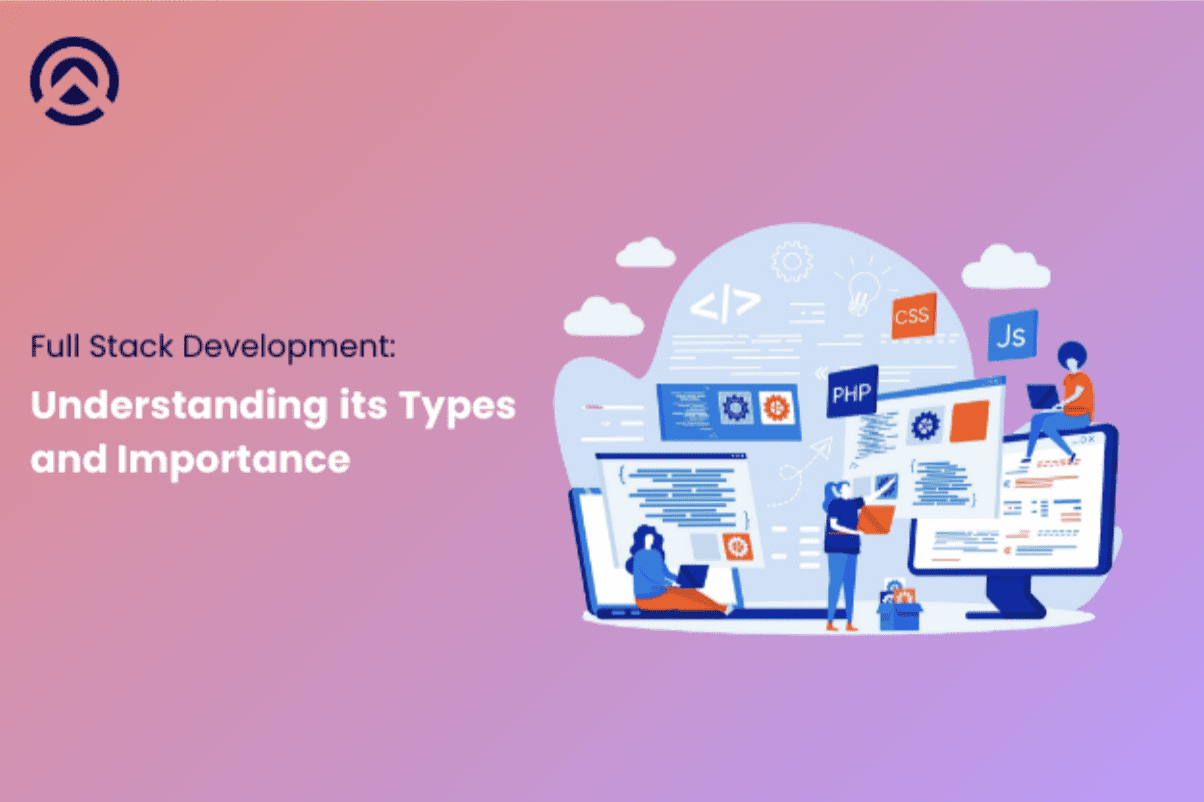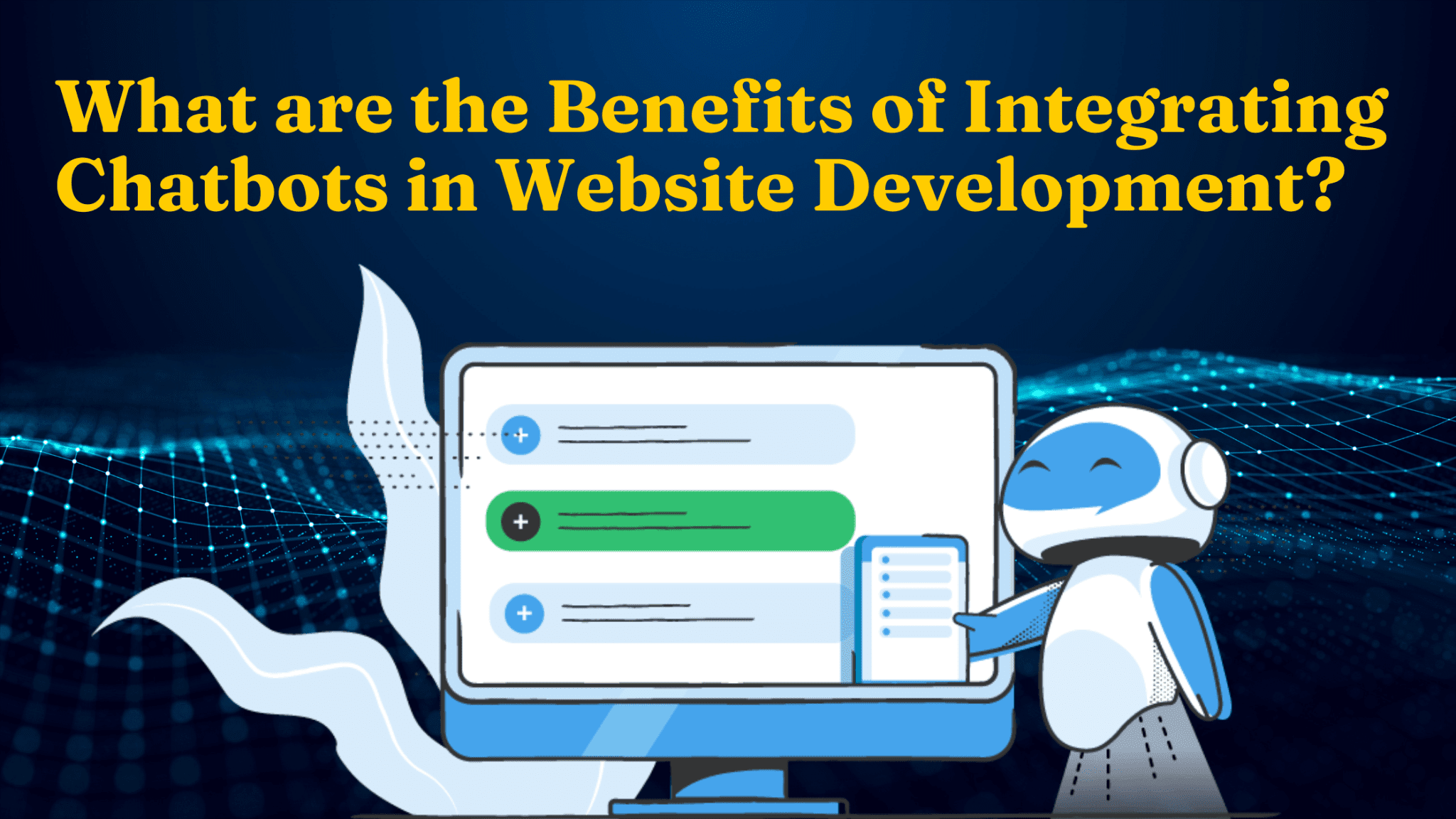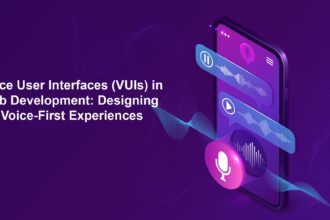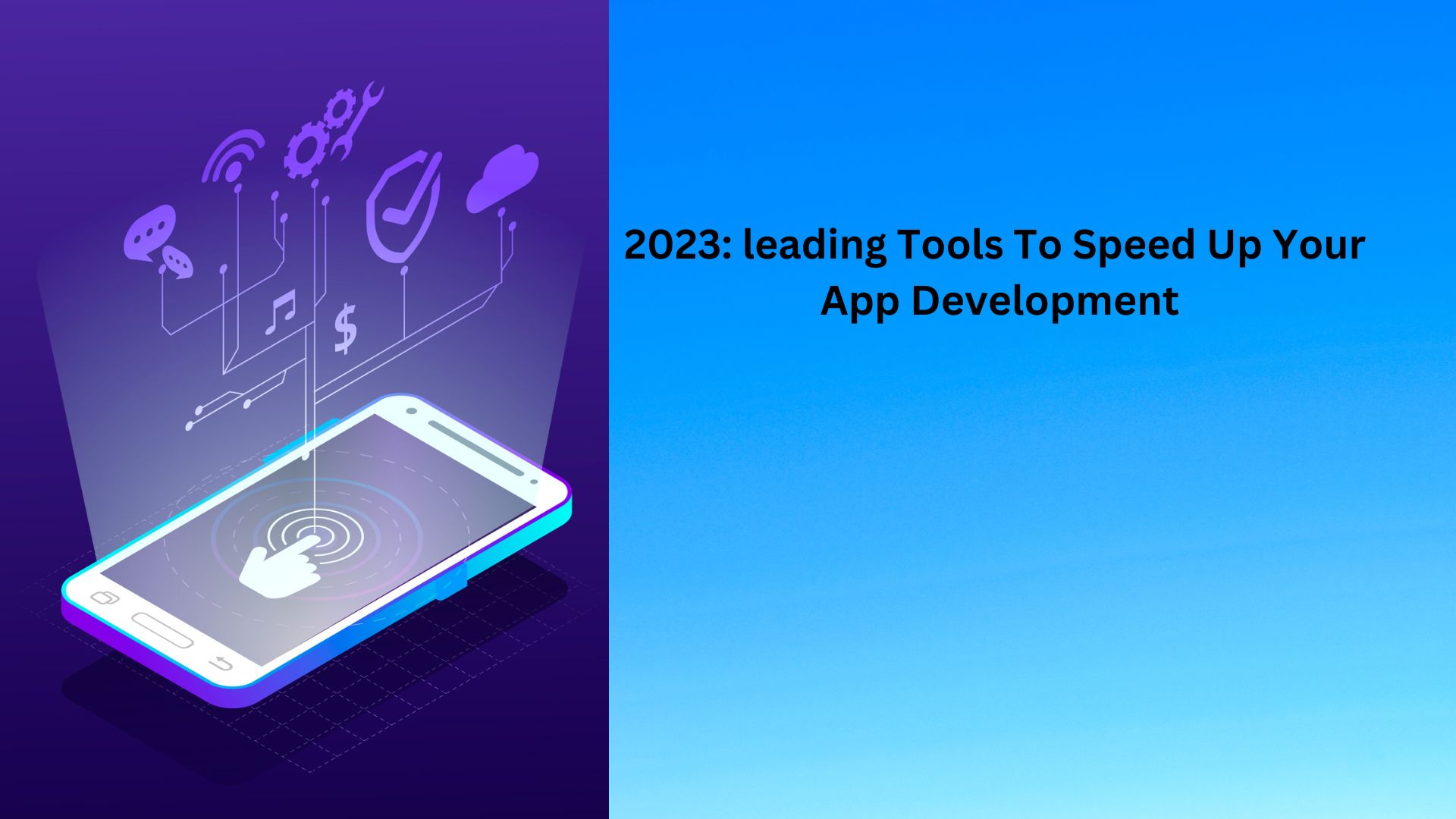
The concept of software development is a completely fast-paced one, due to its centralized way of expansion on the global scale. This even varies from smartphone apps to innovative generative AI software applications. Full stack has become a very well-known term in recent years. On a general note won’t it raise a question in your mind, what does it mean by full stack development?
This article is constructed to present all the details regarding the full stack development process such as its important aspects and its major types. This software development process completely covers the entire software industry. So let’s explore this article to know every valuable aspect of it.
What is full stack development?
Full stack development is defined as the execution of a complete software development process that involves its front-end and back-end development. The application front-end part represents its User Interface, whereas its backend represents the business logic and workflow structure of the app. The skilled full-stack developers make sure to utilize the entire technology stack and provide a seamless experience to the users.
Significance of Full Stack Development in the Software Industry
The full-stack development process results in offering a complete web application with the integration of desired or required features. This presents an important role in the website development field and represents effective market growth. Here are some examples of how it can be used.
Cost Effectiveness
This is the most required aspect of the current market standard as the service seekers have key considerations for the project budget. In the case of full stack development, as it covers almost every portion of the app then it directly reduces the cost of web app development.
Scalable Web Apps
The full-stack developer works on delivering software outcomes that meet all the scalability criteria. These developers design applications in such a way that they represent their scalability mindset.
Rapid development process
Today’s market requirements are about dealing with the approaches that provide rapid software outcomes. In the full-stack development approach, developers effectively manage the entire process whether it is about development, deployment, or rapid market launches.
Flexible and Scalable Apps
The concept behind a full-stack developer is to work on both front-end and back-end development procedures. This makes its application work in every development environment and makes the process flexible and scalable.
Open to Innovative Techniques
The current times are all about digital transformation and leveraging new techniques in the development process can result in many benefits. In this we expect the full-stack developers to be open to accepting newly emerging technologies.
Types of Full-Stack Web Development Practices
Mainly the practice of full stack development works on the front end or client side and the backend or server side of the web application development process. Majorly this technique can be utilized for the integration of different frameworks, so based on this criterion its types are as mentioned below.
MEAN Stack
This is the JavaScript stack that is used to make the development process faster and easier for the complete web development process. This involves four major technologies named MongoDB, Express.js, Angular.js, and node.js development practices. This comes under the most demanded tech stack amongst the developers. MongoDB is used for databases, express.js is used for backend framework development, angular development framework is used for frontend framework, and node.js handles the runtime environment.
MERN Stack
The current market demands are continuously changing and that lets the developers explore different techniques. There are four main techniques in MERN stack development: MongoDB, Express.js, React, and Node.js. It represents a slightly different structure from the MEAN stack development process. In this react for the frontend development instead of angular. Integration of React provides a component-based architecture along with appropriate efficiency.
Django Stack
This full stack development technique works for software development processes having a complete focus on Django python based full stack web-based framework. It works on providing rapid development processes having a clean and pragmatic software application design. Along with this Django stack works on integrating Python programming language for both the backend and frontend.
LEMP Stack
This type of full-stack development works on developing web applications that have dynamic and flexible features. This is well recognized in the market as one of the oldest stacks for developing front-end applications. Its technical stack involves Linux, Apache, MySQL, and PHP/Perl/Python. In this Linux works for the operating system, Apache works in the web server, MySQL for handling databases and PHP/Perl/Python works for the backend purpose of scripting language.
Ruby on Rails Stack
With the use of Ruby, it’s a widely recognized, full-stack web application development framework. This technique uses the concept of convention over configuration approach for developing the web app. This approach results in creating a developer-friendly environment. Its technology stack involves techniques like Ruby, Rails, PostgreSQL/MySQL, and JavaScript.
Final Words
Full stack development is the key approach to constructing a web application and the emergence of new techniques in this field is considered as the best option. In this article, we have discovered the major aspects of the full stack development technique such as its type and important aspects. To know more about this approach read this set of information to clear all your doubts.








